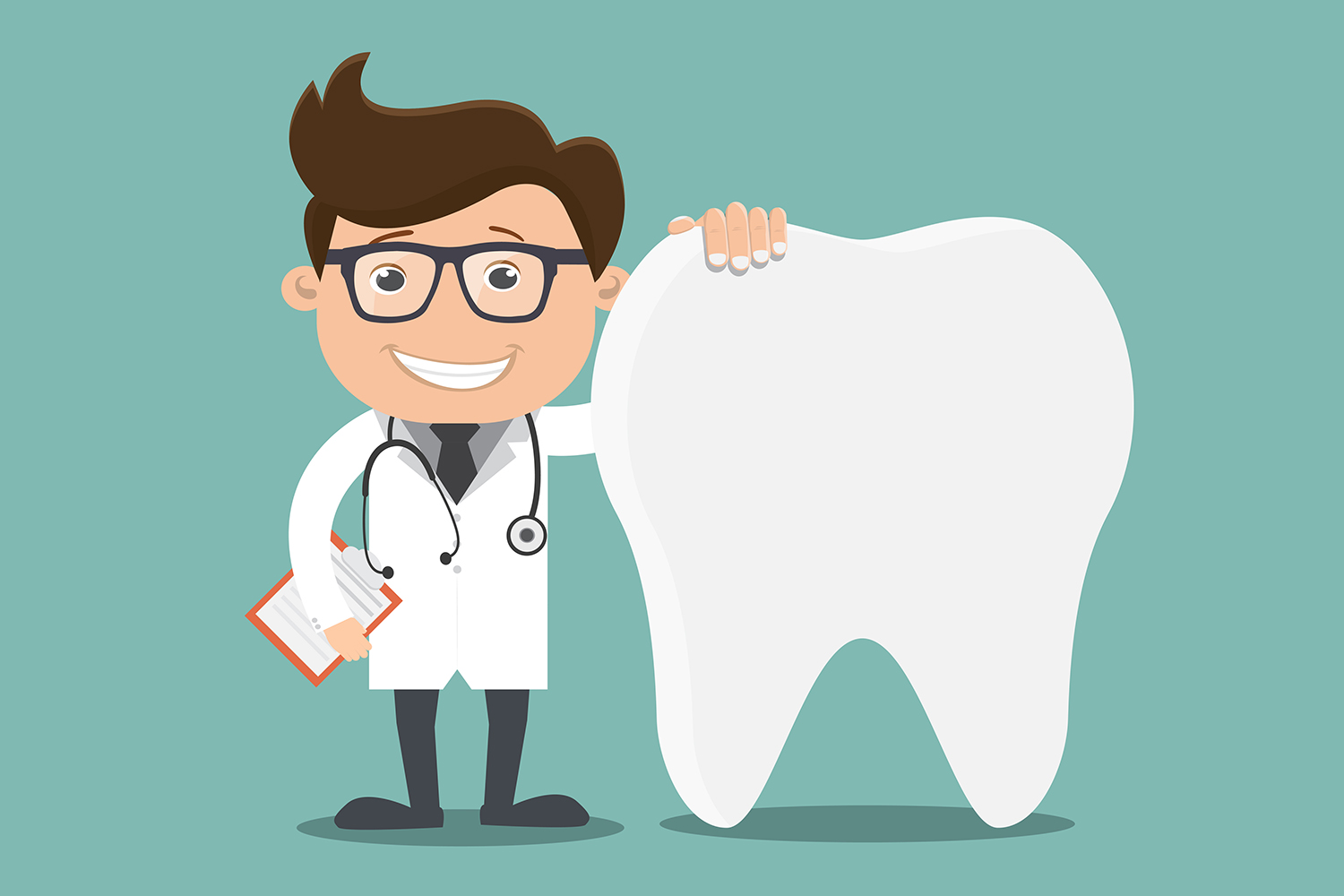What to Expect from Your Very First Visit to a Dentist in Eugene Oregon
What to Expect from Your Very First Visit to a Dentist in Eugene Oregon
Blog Article
An Overview to Common Oral Problems That Require a Dental practitioner's Treatment
Toothaches, for example, can be symptomatic of serious problems such as cavities, cracked teeth, or abscesses, each needing details treatments like dental fillings or root canals. Impacted knowledge teeth and jaw conditions can present considerable discomfort and problems.
Toothaches
Toothaches are a common dental condition that can vary from moderate discomfort to extreme discomfort, commonly suggesting an underlying concern that calls for expert attention. This discomfort can originate from a variety of resources, including oral cavities, split or fractured teeth, and dental abscesses. Each of these problems presents considerable threats if left neglected, potentially bring about much more severe problems.
Tooth decays, likewise called cavities, are triggered by the build-up of plaque that deteriorates tooth enamel, causing openings or pits in the influenced teeth (eugene dentist). Broken or fractured teeth, on the various other hand, may result from injury, grinding, or biting right into tough things. These structural damages can reveal the delicate inner layers of the tooth, triggering pain and boosting the danger of infection. Abscesses are painful infections at the root of a tooth or in between the periodontal and a tooth, typically resulting from extreme decay or untreated cavities.
Effective treatment of toothaches includes addressing the origin cause. This might include dental fillings for cavities, crowns for fractured teeth, or root canals and antibiotics for abscesses. Early intervention by a dental specialist can stop further degeneration and ease pain, making sure ideal dental health and wellness.
Gum Illness
Gum tissue illness, a prevalent yet commonly forgotten oral problem, shows up with inflammation and infection of the gums and supporting cells. If left without treatment, gingivitis can proceed to periodontitis, a more severe type identified by the devastation of the sustaining bone and connective cells, eventually leading to tooth loss.
The main cause of gum tissue condition is microbial plaque, a sticky, anemic film that regularly forms on teeth. Poor oral hygiene, cigarette smoking, genetic predisposition, and certain medical conditions, such as diabetic issues, can intensify the risk of establishing periodontal illness. Routine dental check-ups are crucial for very early detection and management of this problem.
Treatment for periodontal disease ranges from specialist oral cleansing and scaling to more advanced treatments like origin planing and periodontal surgical treatment, depending upon the seriousness. Maintaining excellent dental hygiene practices, including cleaning twice daily, flossing, and making use of a disinfectant mouth wash, can substantially minimize the risk of gum condition and promote much healthier gum tissues.
Cavities
Cavities, likewise referred to as cavities, are a common dental problem identified by the destruction of tooth enamel as a result of acid-producing bacteria in the mouth. These microorganisms flourish on sugars and starches from food and beverages, generating acids that gradually wear down the enamel, causing dental caries development.
Early-stage tooth cavities may disappoint signs, but as they advance, they can trigger tooth pain, sensitivity to cold or hot, noticeable holes or pits in the teeth, and discoloration. If left neglected, dental caries can permeate much deeper layers of the tooth, potentially resulting in severe pain, infection, and also missing teeth.
Preventing dental caries involves a combination of great oral health techniques and nutritional practices. Normal brushing with fluoride toothpaste, flossing, and routine oral check-ups are vital. Dental practitioners might likewise suggest added safety nets, such as fluoride therapies and dental sealers, to secure teeth from degeneration.
Minor tooth cavities can be addressed with oral fillings, which recover the tooth's structure. More advanced instances might call for crowns or also root canal therapy if the degeneration has actually gotten to the tooth's pulp.

Impacted Knowledge Teeth
Impacted wisdom teeth are a widespread oral concern that occurs when the 3rd molars, typically described as wisdom teeth, fail to totally emerge or line up properly within the mouth. This problem commonly results from insufficient area pop over to this site in the jaw or an irregular growth angle of the teeth. Affected wisdom teeth can cause a selection of problems, including infection, pain, and damage to adjacent teeth.
When wisdom teeth end up being affected, they are frequently partially erupted or stay completely underneath the gum tissue line. This partial eruption can create a pathway for bacteria to go into the gum tissues, leading to infections that manifest as swelling, pain, and also fever. Additionally, influenced knowledge teeth can apply pressure on bordering teeth, potentially causing crowding or shifting.
A thorough oral exam, usually including X-rays, is vital for detecting influenced knowledge teeth. Treatment frequently entails medical extraction, performed by an oral cosmetic surgeon. The procedure intends to relieve pain and stop additional issues, such as cysts or damages to surrounding bone structures. Post-operative treatment is vital to make sure proper healing and minimize the threat of infection. Routine dental examinations are recommended to keep track this contact form of the problem and maintain oral health.
Jaw Conditions
Jaw problems, jointly known as temporomandibular joint (TMJ) conditions, encompass a series of conditions that affect the jaw joint and bordering muscle mass. These disorders can materialize via symptoms such as discomfort or inflammation in the jaw, trouble eating, a popping or clicking audio when closing the mouth or opening up, and also chronic headaches. TMJ conditions can arise from different factors, consisting of arthritis, jaw injury, or habitual actions like teeth grinding or jaw clenching.
Diagnosis of TMJ disorders usually entails a thorough assessment by a dentist, including a physical assessment of the jaw, oral X-rays, and in some cases advanced imaging methods like MRI or CT checks to assess the joint's problem. Non-invasive approaches such as physical therapy, dental splints, and medications intended at lowering swelling and discomfort are typically first-line treatments.
Early intervention by an oral expert is essential to avoid the progression of TMJ problems and to preserve general oral health. Individuals experiencing consistent jaw pain or disorder need to look for punctual assessment and therapy.
Conclusion
Preserving oral health requires prompt expert care to attend to typical dental problems. Toothaches commonly suggest underlying issues such as dental caries, fractured teeth, or abscesses, needing prompt treatment. Gum disease, from gingivitis to periodontitis, needs regular oral exams and cleanings important site to stop development. Impacted knowledge teeth and jaw conditions additionally need specialist attention to reduce discomfort and avoid more problems. Regular oral visits are crucial for detecting and dealing with these conditions, making certain general oral health and wellness and wellness.
Oral dental caries, also recognized as cavities, are caused by the accumulation of plaque that erodes tooth enamel, leading to holes or pits in the impacted teeth. Abscesses are unpleasant infections at the origin of a tooth or in between a tooth and the periodontal, commonly resulting from severe decay or unattended cavities.

Additionally, influenced wisdom teeth can apply pressure on bordering teeth, potentially creating crowding or shifting.
Report this page